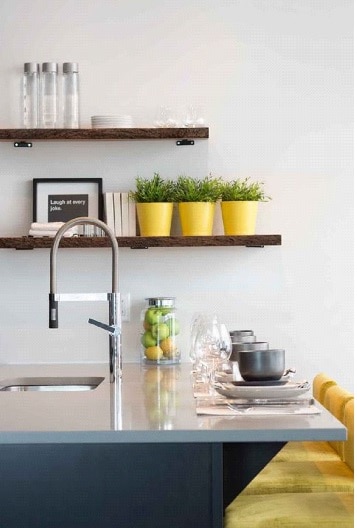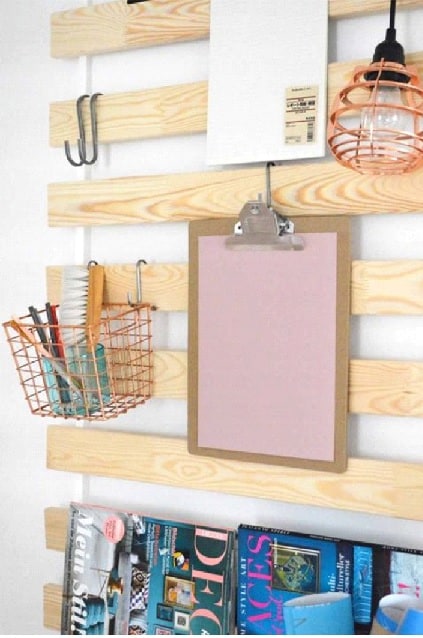
Top Quick Strategies To Keep Your House Organized
Keep your household inventories to a minimum.
The biggest key to a successful home organization is downsizing household inventories. Whenever you organize anything, it’s essential to keep only the things you need, use, love, or buy again tomorrow. Evaluate your belongings with this concept in mind since it’s easy to find reasons to keep things. Often, the excuses we conjure up for holding onto our belongings can wrestle with logic which creates the typical indecision we feel tends to stifle the organizational process. Organizing is not about only effectively arranging your belongings; it’s equally important to eliminate items that no longer serve a purpose. Carving out time to organize is challenging. Therefore, it’s imperative to make good use of your time and declutter with a purpose. Once useless items are out of the way, the home is in the perfect condition to reorganize. Decluttering leads to manageable inventories, which has many advantages. First, fewer storage essentials are needed, which saves both money and space. Also, there’s no wasting time making storage arrangements for unnecessary belongings. When you have fewer things, finding what you need usually takes less time.

Stick to one organizational project at a time
Some people start organizing space in one room, and before completing that task, something causes them to get sidetracked with a project in another room. This tends to happen when we shift household inventories from room to room. This is never a good idea because it usually creates a fragmented, overwhelming state by being off task. It’s best to keep organizational tasks small and limited until they’re finished. Then you can more easily move on to the next task.
Don’t keep unwanted items just because they might have value
Commonly, people keep unnecessary things because they believe the items hold a significant monetary value. For this reason, access belongs for their actual value, which involves a little work. Remember that almost all used items are worth one-half to one-third of their original cost, even when they’re in perfect condition, simply because they’re not new. Luxury items can be appraised by a certified professional, and other belongings can get compared to resold items. Resale websites and stores are the best way to determine the monetary value of your used items. In general, the older the article, the less it’s worth. Technological devices are an excellent example of how age can dramatically reduce value. Bear in mind that, in most cases, it’s best to sell your things while they’re somewhat current because most items depreciate rapidly. This knowledge should assist you in the decluttering process.

Be sure you’ll use whatever you store
Many people store items because they think one day they’ll be useful. However, before doing so, it’s essential to visualize the thing in use or account for a time when the item will be used—for example, an upcoming vacation or holiday. Please ensure that other household members know their belongings in storage so they are not duplicated or unused. An easy way to spread the word to other family members is to place a note on a memo board or connect via digital communication.
Items are replaceable
While decluttering your household inventories, keep in mind that you are dealing with material possessions that are replaceable. When something is not enjoyed or needed, let it go, bearing in mind that it’s tangible and not meant to be kept for eternity. Chances are, such items will never be missed. Usually, the worst thing that could happen in mistakenly letting go of something is that it needs to be replaced, which is not the end of the world. The replacement usually works out better and receives more use than the one let go. Remember that the space your items occupy is valuable real estate that you may still be paying off and are certainly paying taxes. This makes it all the more important to use your home space efficiently and wisely.
People wear only a small portion of what they own
The National Association of Professional Organizers reports that we tend to wear only 20 percent of the clothes we own. When you declutter your inventories, remember this statistic. If you continue to buy things and never eliminate useless articles, you’ll eventually face stressed and overcrowded storage spaces.
Buy organizers after decluttering
It’s common for people to buy organizers first and then organize. This is usually inadvisable since it’s easy to misjudge both the number and type of organizers you need before you thoroughly declutter, count inventories, and create a space plan. Returning or adding extra storage organizers is a common chore when we buy organizers before creating the necessary storage space. When you know which organizers you need, purchasing them beforehand is fine, especially when you can take advantage of a great sale. However, don’t allow prepurchased storage essentials to ultimately influence your storage arrangements at the expense of poorly laid out or inefficient use of space. Top Home Organizational Tips Keep your household inventories to a minimum. Stick to one organizational project at a time. Don’t keep unwanted items just because they might have value. Be sure you’ll use whatever you store. Items are replaceable. People wear only a small portion of what they own. Buy organizers after decluttering.
